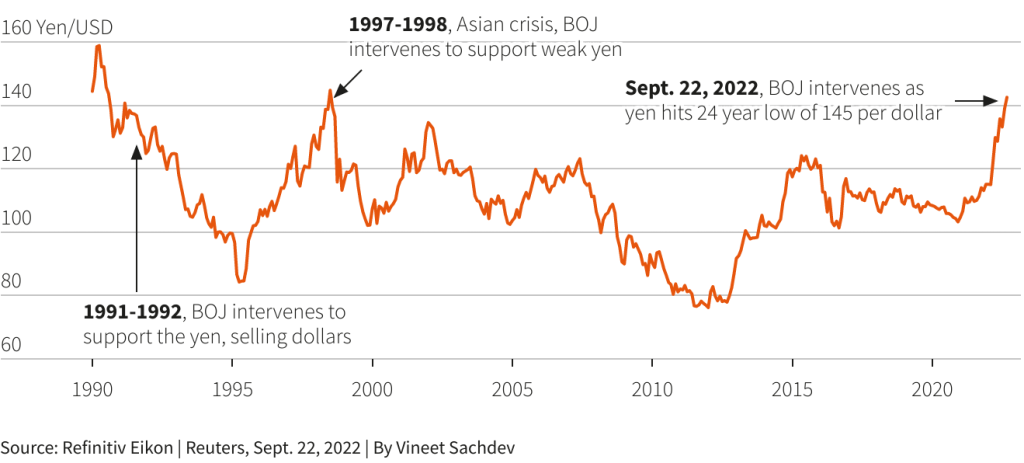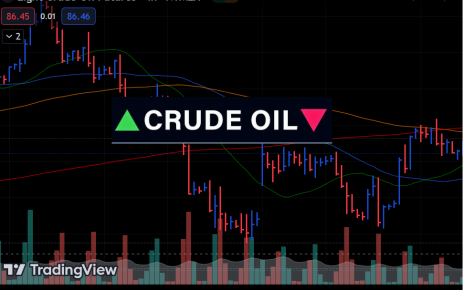- Japan’s authorities intervened to buy the Yen, pushing prices up.
- The monetary policy divergence between Japan and the US continues to grow.
- Analysts doubt there will be more interventions to stop the Yen’s decline.
The Japanese Yen (6J) futures prices went up sharply last Thursday when Japan’s authorities finally made good on their promise to intervene and stop a sharp decline against the dollar.
This was the third instance since 1990 when the BOJ intervened to support a weak yen. Does it, however, have a chance of success? Compared to the Yen, the rogue dollar has gained more than 20% this year, and some analysts wonder if it still has much left in the tank. However, Japan’s rates are stuck at or around 0% and are not expected to change as US rates climb, so the case for a strong dollar remains.

Japanese Finance Minister Shunichi Suzuki issued a stern warning days after Tokyo intervened in the foreign exchange market to stop yen declines for the first time in more than two decades, saying authorities were prepared to respond to speculative currency moves.
Suzuki said that the government and the Bank of Japan (BOJ) shared concerns about the steep Yen value drops.
“We are deeply concerned about recent rapid and one-sided market moves driven partly by speculative” trading,” Suzuki told the news conference. “There’s no change to our stance of being ready to respond as needed to such moves,” he added.
BOJ Governor Haruhiko Kuroda stated Monday that the central bank would keep its ultra-loose monetary policy in place to assist the economy. Still, he also warned that the risks to Japan’s economic outlook were growing.
“We must be mindful that downside risks are high, with uncertainty over how much the monetary tightening measures taken by major central banks could cool global growth,” he said.
The BOJ’s ultra-loose monetary policy and the US Federal Reserve’s aggressive monetary tightening have recently diverged more, increasing the price of imported fuel, food, and household living expenses.
Although the jawboning of government officials may put markets on edge about the possibility of more intervention, continually intervening in the currency market and selling sizable amounts of dollars may be challenging due to Japan’s criticism from its G7 rivals. On the fundamental side, 6J still has a significant downside potential.





